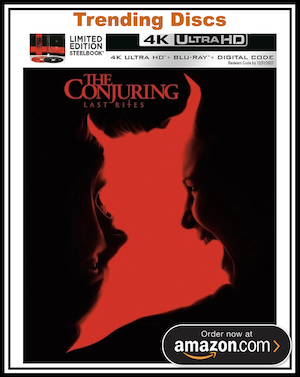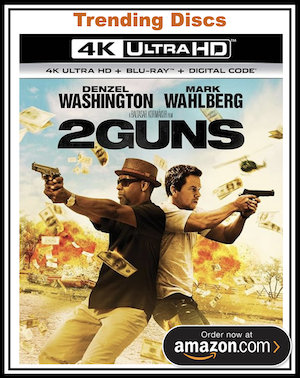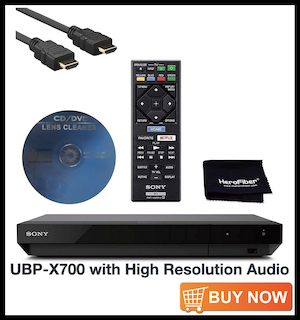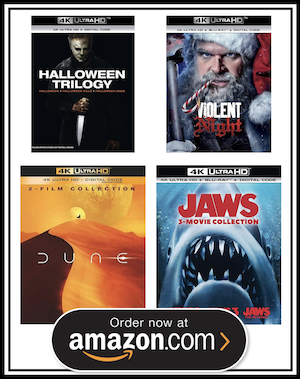Todd Anderson
Editor / Senior Partner
More
- Preamp, Processor or Receiver
- StormAudio ISP.24 MK2
- Main Amp
- Emotiva XPA-5
- Additional Amp
- Emotiva XPA Gen3 2.8 multichannel amp
- Other Amp
- Denon X8500H
- DAC
- THX ONYX
- Computer Audio
- AudioEngine A2+
- Universal / Blu-ray / CD Player
- Kaleidescape TERRA
OPPO UDP-203
Panasonic UB9000
- Streaming Equipment
- iFi Audio Zen Blue
- Streaming Subscriptions
- Spotify
- Front Speakers
- GoldenEar Technology Triton One.R
- Center Channel Speaker
- GoldenEar Technology SuperCenter Reference
- Surround Speakers
- GoldenEar Invisa MPX
- Surround Back Speakers
- GoldenEar Invisa MPX
- Front Height Speakers
- SVS Prime Elevation x4 (Top Front, Top Mid-Front)
- Rear Height Speakers
- SVS Prime Elevation x4 (Top Middle, Top Rear)
- Subwoofers
- Quad Array SVS SB16s
- Other Speakers
- Behringer 1124p; Aura Bass Shaker Pros; SuperSub X
- Screen
- Seymour Screen Excellence, Enlightor NEO AT Screen
- Video Display Device
- JVC NZ8
- Other Equipment
- Sony 65-inch A95L OLED
Sony 65-inch X900F
ZeroSurge 8R15W x 2
ZeroSurge 2R15W x 2
So for you the sound quality of movies matters more than the sound quality of music?
I actually find it hard to judge absolute sound quality with movies. Music is much more where sound quality matters for me.
Yes. Outweighs it by quite a bit.
















